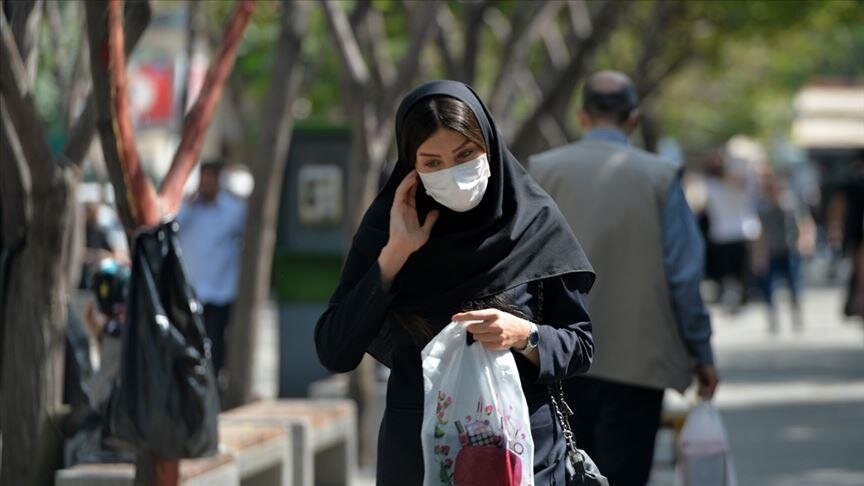Overcoming aging crisis with family support incentives

TEHRAN – The decline in the marriage rate, followed by a dramatic decrease in childbearing, has sounded the alarm of the aging population, an issue that has forced government officials to enact legislation to support the population growth and the youth.
By a decree issued by President Ebrahim Raisi, the "Law on Family and Youth Support" approved by the Majlis (Iranian Parliament) was notified to the Ministry of Health and the Vice Presidency for Women and Family Affairs.
The Guardian Council approved the law on Monday to implement a population growth and family support plan for 7 years to change the declining trend of childbearing.
The plan stipulates health insurance for infertile couples, providing services and facilities to working women, providing health and nutrition support packages to mothers and children, educational opportunities for student mothers, providing livelihood support to families, and ongoing medical services to pregnant women.
Over the last 5 decades, the elderly’s population has increased from about 5 to 10 percent, and it is predicted to triple in the next 50 years.This law was proposed in a situation when despite the announcement made by the Leader of the Islamic Revolution Ayatollah Ali Khamenei in [the Iranian calendar year] 1393 (March 2014-March 2015) regarding 14 policies to support childbearing and the family; the lack of operational and systematic planning to solve this important and strategic issue was evident.
The fertility rate from 2.07 children in the Iranian calendar year 1396 (March 2017-March 2018), which can be considered fertility at the replacement level.
Today, the country's fertility rate has reached about 1.6 children per woman, however, it was 6.5 children per woman, in 1986. The lowest fertility rate in the whole region of West Asia, North Africa, and the MENA region is recorded for Iran.
While 1,594,000 births were registered in the [Iranian calendar] year 1394 (March 2015-March 2016), the downward trend continued annually to the point that the number of births reached about one million in the [Iranian calendar] year 1399 (March 2020-March 2021); In other words, we lost more than 550,000 births in five years.
According to the law, all higher education institutions in the country are obliged to raise awareness about the positive aspects of childbearing, take the necessary measures such as producing content and learning packages, as well as hold festivals, workshops, temporary and permanent exhibitions.
The Ministry of Interior, the Ministry of Sports, the Ministry of Culture, and other relevant institutions are obliged to allocate 30 percent of their budgets to those NGOs that work to reduce the age of marriage, facilitate youth marriage, encourage childbearing and strengthen families.
Employees with three to five children will be promoted. Maternity leave will be extended to 9 months by paying all salaries and related extras.
The government is obliged to establish a life insurance and investment fund for unemployed housewives with 3 or more children living in rural and nomadic areas by paying 70 percent of the life and investment insurance premiums.
The Ministry of Health is obliged to provide quality natural childbirth in state-run hospitals in a way that is completely free for people covered by insurance and people without insurance coverage; in addition to providing free infertility treatment to the couples.
Municipal public transportation services and cultural, sports, and recreational tariffs will be halved.
Tuition for children in private schools and educational centers will include a 20 percent discount.
All production, distribution, and service units are obliged to include phrases with the content of childbearing support on products and goods.
Iran is aging rapidly
Over the last 5 decades, the elderly’s population has increased from about 5 to 10 percent, and it is predicted that this rate will triple in the next 50 years so that it is vital to take the aging phenomenon seriously.
Iran is one of the countries with the highest pace of aging in the world.
Mohammad Esmaeil Akbari, a senior advisor to the minister of health, has said that the world has grown about 5 years older over the past 70 years, but the population of Iran has unfortunately grown 10 years older in the past 60 years.
"Currently, the elderly constitutes less than 10 percent of the population and we are considered a young country, but we are getting older every year so that in the next 20 years, we will be one of the oldest countries in the world and the oldest by the next 30 years,” he explained.
In demography, the population under the age of 15 is called “young”. In 1977, 46 percent of the people were young, while now 23 percent of the population are below 15 years of age.
Iran has achieved a demographic window of opportunity which in all other countries led to economic prosperity so that Iran must seize the opportunity now before its working-age population starts to shrink and get older in the 2050s.
Awareness of population age changes and political-economic planning based on it can be very important in the success of programs and policies. Comprehensive policy-making and planning should be tailored to the overall characteristics of this age group, he explained.
FB/MG
Leave a Comment